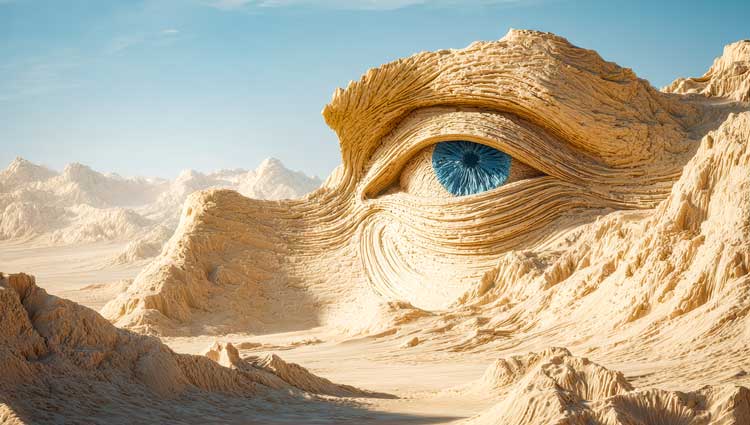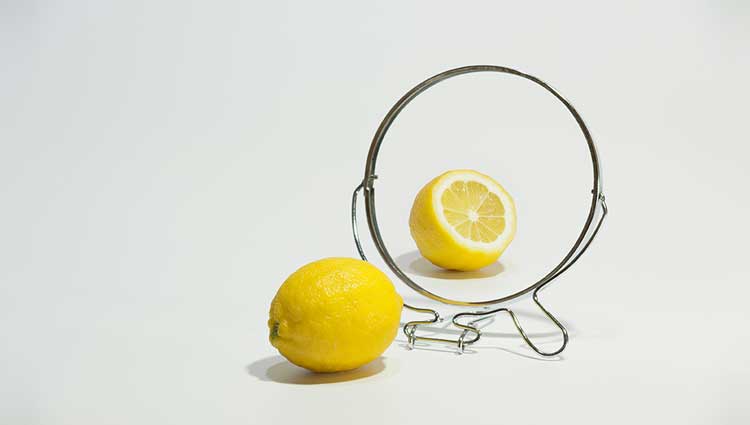A nonprofit recently celebrated a milestone: 1,270 people had reportedly included the organization in their wills. At today’s average charitable bequest of $92,000, that suggested a potential windfall of $117 million.
The celebration was premature.
When the organization’s experienced consultant applied three basic filters, the list collapsed to 55:
- Donors over 65
- Named as primary beneficiary
- Estimated bequest value of at least $10,000
Still promising, but a 96% reduction is definitely worth investigating—especially since the average bequest is $92,000.
The real shock came during verification calls. Despite multiple attempts to reach the 55 remaining donors, the team managed to connect with just five people. Every single one delivered the same message: They had never made such a commitment—and had no recollection of ever discussing it.
The real shock came during verification calls.
The Stewardship Vacuum
This isn’t an outlier. It’s the norm in an industry that has confused data collection with donor cultivation.
Legacy gift lists routinely inflate through casual online completions, survey responses, and self-reported intentions that never progress beyond initial interest. Without systematic follow-up—personal contact, consistent mailings, genuine relationship-building—these “commitments” exist only in databases.
The fundamental error is treating bequest intentions like email subscriptions. They’re not. A legacy gift represents a donor’s most significant philanthropic decision, often their largest charitable act. Yet organizations routinely manage these relationships with the same rigor they apply to newsletter sign-ups.
Organizations routinely manage relationships with the same rigor they apply to newsletter sign-ups.
The Technology Trap
Some online will-making tools have democratized estate planning, but others have created a dangerous illusion — especially those that focus on generating large numbers of “committed wills” without verifying genuine charitable intent. These platforms can generate thousands of “committed wills” with minimal effort, producing impressive metrics that boards love to see — but those wills are not the same as legally binding charitable bequests.
The costly assumption is that the tool alone will do the cultivation work. Organizations install these platforms expecting the software to nurture relationships, educate donors, and secure commitments—placing their most critical fundraising function in the hands of automation. When results disappoint, the staff member who championed the tool often moves on, leaving the nonprofit with the bill and the cleanup.
The problem isn’t the technology itself — well-designed tools paired with follow-up work extremely well. The problem is when organizations expect the tool alone to replace genuine follow-through. Without supporting education, ongoing communication, and active stewardship, digital tools become expensive list-builders that produce paper commitments, not actual bequests.
The problem isn't the technology—it's the follow-through.
What Works
Organizations that successfully convert legacy intentions into realized gifts share common practices:
They’d rather have 10 donors who remember their commitments than 100 who don’t. They invest in donor education through multiple channels, including a free video email series on donor education, and personal meetings. They treat bequest conversations as ongoing dialogues, not one-time transactions.
Smart organizations also survey their donors before investing in any legacy planning tools. Simple questions can reveal genuine interest: “Have you considered including [Organization] in your estate plans?” or “Would an online legacy planning resource be helpful to you?” The responses often tell a different story than vendor promises about universal donor demand.
Most importantly, they understand that a donor’s name on a list is merely permission to begin the real work: building trust that transforms good intentions into legally binding commitments.
10 donors who remember beat 100 who don't.
Expensive Distractions
In legacy giving, vanity metrics are costly distractions. Organizations routinely spend $8,000 to over $20,000 annually on digital tools that generate impressive dashboards while producing zero genuine commitments. The nonprofit that started with 1,270 names learned this lesson the hard way. Given that they couldn’t reach most of the refined 55 and the five they did reach had no memory of making commitments, they’re now launching a cultivation campaign that essentially starts from scratch.
The math is simple: five genuine legacy commitments will always outperform 1,270 fictional ones. The only question is whether organizations are willing to do the work that turns possibility into reality.
Five genuine legacy phone calls will always outperform 1,270 fictional ones.
For nonprofits serious about building authentic bequest pipelines, success lies not in accumulating names but in nurturing relationships. The donors who remember making their commitments are the only ones who matter. You simply cannot build a bequest program on a shiny object on your website whose sole purpose is to collect unverified “committed wills” that never become actual bequests through someone making an online free will.







There are a lot of related issues in this article. The item that stood out most to me about the “online will-making tools” was how broadly they promoted their benefit to charities. Our GP Fundraisers initially counted all of those commitments, but I introduced new rules that limited counting to a much lower PV for certain classes of this type of information.
Now, for gifts that come from marketing, without direct GP Fundraiser involvement with the donor, the following counting standards apply (only for primary beneficiary designations):
Less than age 50, $1,000; DOB = 1976 or Later
50 to 59, the lesser of 50% of full face value (FFV) or $25,000; DOB = 1975 or Earlier
60 to 69, the lesser of 75% of FFV or $50,000; DOB = 1965 or Earlier
70+, FFV. DOB = 1955 or Earlier